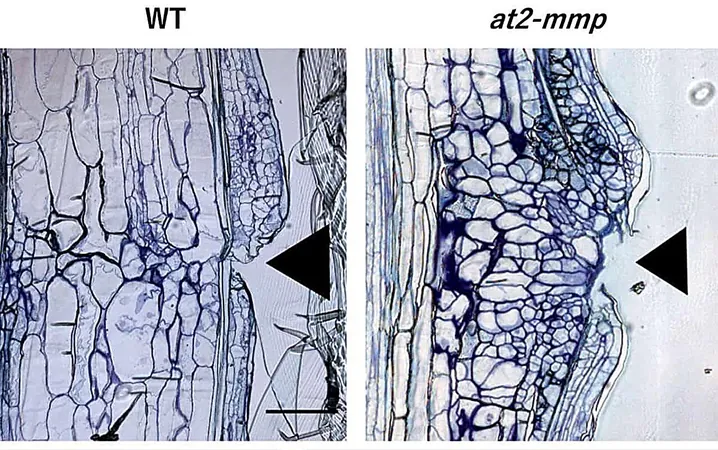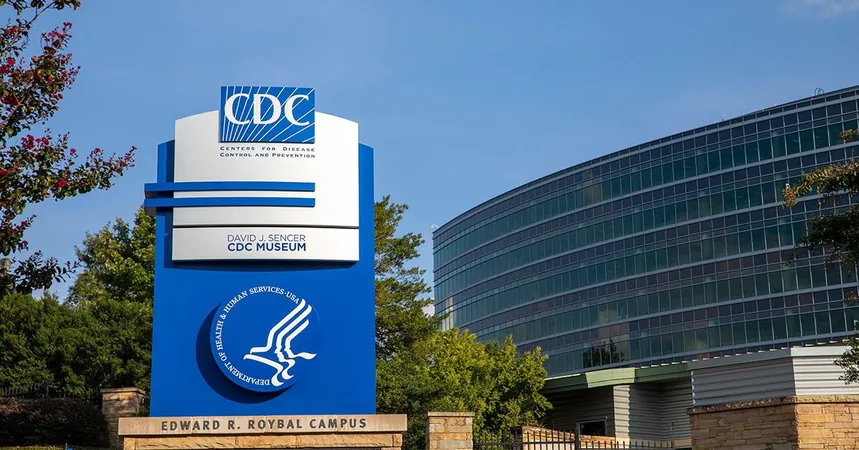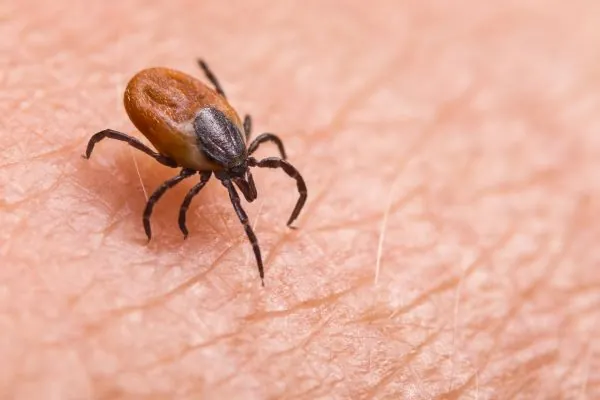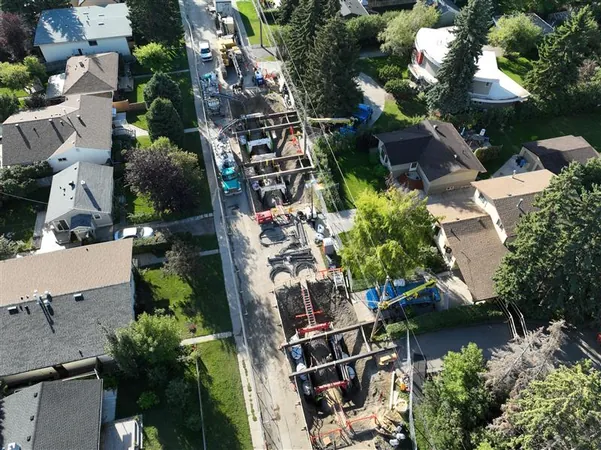
Unraveling the Secrets of Plant Self-Healing: How Cell Division Works in Repairing Damage
2024-09-27
Author: Amelia
Introduction
In the vibrant world of plants, an extraordinary phenomenon occurs when they sustain injury: their cells spring into action to heal the damaged tissue, restoring their functionality in a remarkable display of resilience. This self-healing ability not only fascinates scientists but also plays a crucial role in horticultural practices like grafting, which allows for the propagation of various fruit and vegetable species.
Research Gaps
While previous research predominantly focused on how plants kickstart this cell proliferation following an injury, there has been a significant gap in understanding the mechanisms that regulate and sometimes inhibit this process.
Groundbreaking Study
A groundbreaking study recently published in the esteemed journal Plant and Cell Physiology sheds light on this mysterious balancing act. Researchers turned their attention to the model plant Arabidopsis and discovered the significant role of At2-MMP, a specific proteolytic enzyme. This enzyme is essential for controlling the inhibition of cell proliferation during the healing of severed flowering stems.
Experimental Setup
In their investigation, scientists compared the healing process in wild-type Arabidopsis plants with mutants lacking the At2-MMP gene, known as mutant at2-mmp. The results were telling—the at2-mmp mutants displayed erratic cell proliferation at the injury site, contrasting sharply with the more organized healing observed in the wild-type specimens.
Healing Process and Timing
Typically, the healing process in wild-type Arabidopsis begins in the pith cells—located at the stem's center—approximately three days post-injury. The research revealed that the expression of At2-MMP transcripts steadily rises from the moment of injury, peaks around day 5, and then returns to lower levels by day 7, indicating the completion of tissue repair. This carefully orchestrated timing is crucial for effective healing.
Importance of At2-MMP
In stark contrast, the image analysis of the at2-mmp mutants unveiled chaotic cell division, highlighting the importance of At2-MMP in regulating repair. Interestingly, when the At2-MMP enzyme was overexpressed in plants, it prompted a healing process reminiscent of that seen in healthy wild-type counterparts, leading to an effective restoration of tissue.
Implications for Agriculture
This study not only deepens our understanding of plant biology but also opens new avenues for improving agricultural practices. Understanding how plants regulate cell division during injury could lead to enhanced methods of grafting and propagation, resulting in healthier crops and more resilient plant varieties.
Conclusion
As researchers continue to explore the complexities of plant self-healing, this discovery serves as a pivotal milestone in our quest to harness nature's healing capabilities—an endeavor that could revolutionize how we approach plant care and cultivation in the future!









 Brasil (PT)
Brasil (PT)
 Canada (EN)
Canada (EN)
 Chile (ES)
Chile (ES)
 España (ES)
España (ES)
 France (FR)
France (FR)
 Hong Kong (EN)
Hong Kong (EN)
 Italia (IT)
Italia (IT)
 日本 (JA)
日本 (JA)
 Magyarország (HU)
Magyarország (HU)
 Norge (NO)
Norge (NO)
 Polska (PL)
Polska (PL)
 Schweiz (DE)
Schweiz (DE)
 Singapore (EN)
Singapore (EN)
 Sverige (SV)
Sverige (SV)
 Suomi (FI)
Suomi (FI)
 Türkiye (TR)
Türkiye (TR)